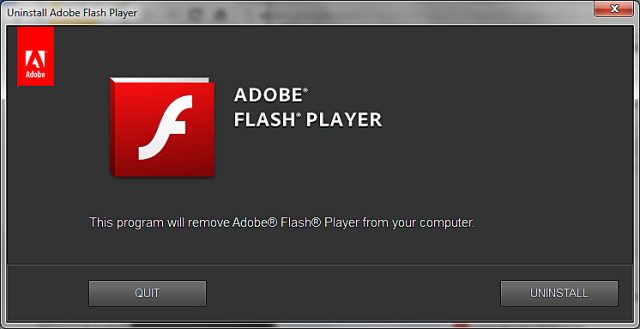The rise and fall of Adobe Flash

Soon, Adobe itself will remove Flash Player from computers, too.
Few technologies have yielded such divisive and widespread passion as Flash. Many gush over its versatility and ease of use as a creative platform or its critical role in the rise of web video. Others abhor Flash-based advertising and Web design, or they despise the resource-intensiveness of the Flash Player plugin in its later years.
Whichever side of the love-hate divide you land on, there's no denying the fact that Flash changed how we consume, create, and interact with content on the Web. For better and worse, it helped shape the Internet of today.
But now, after roughly 25 years, Flash is finally nearing its end. In less than six months-December 2020-Adobe will officially end support and distribution of Flash Player, the browser plugin we all associate most strongly with the technology. And already, months ahead of this end-of-life switch, Flash has been disabled in most Web browsers (often flagged as a security risk should you choose to override the default settings). Even Google Chrome, long the browser of choice for Flash content, will soon remove Flash Player.
Read 69 remaining paragraphs | Comments